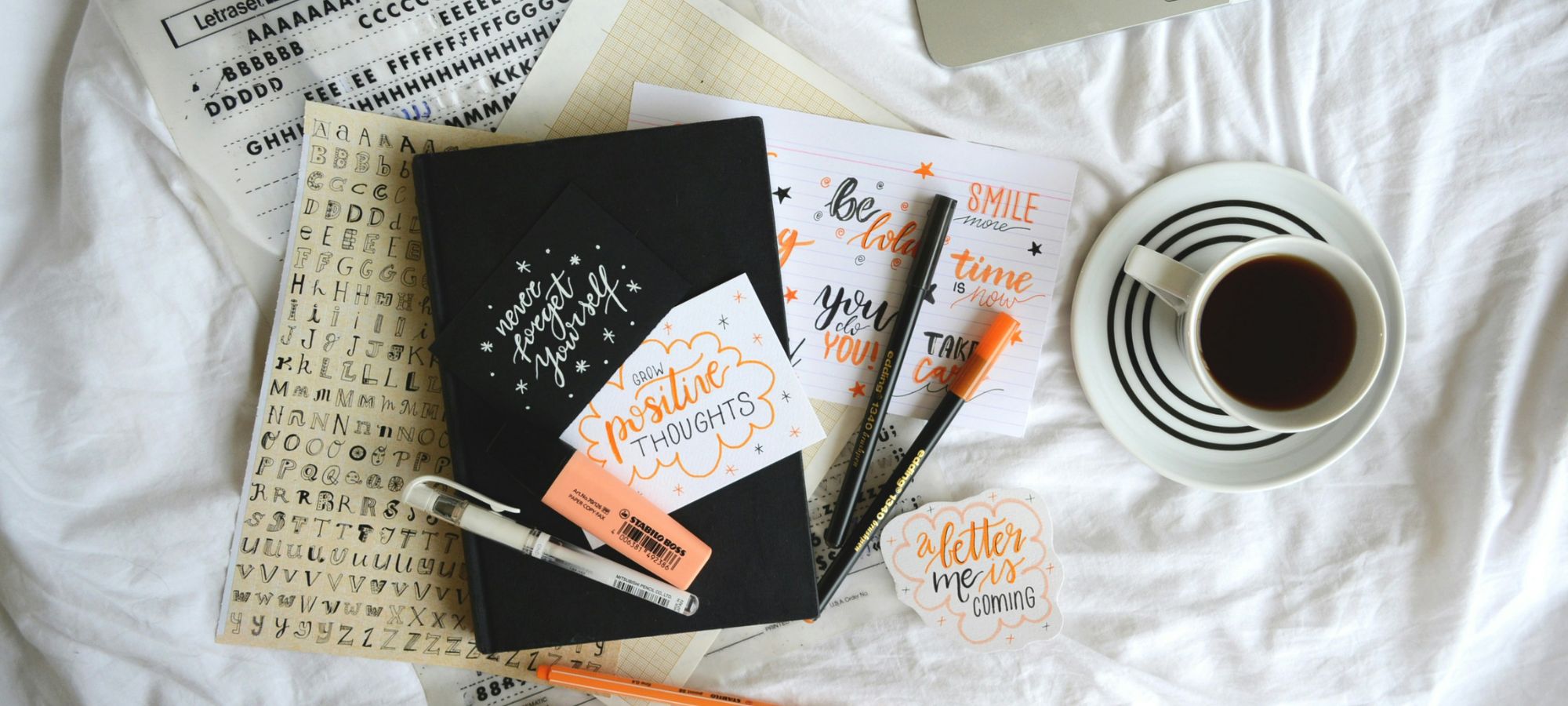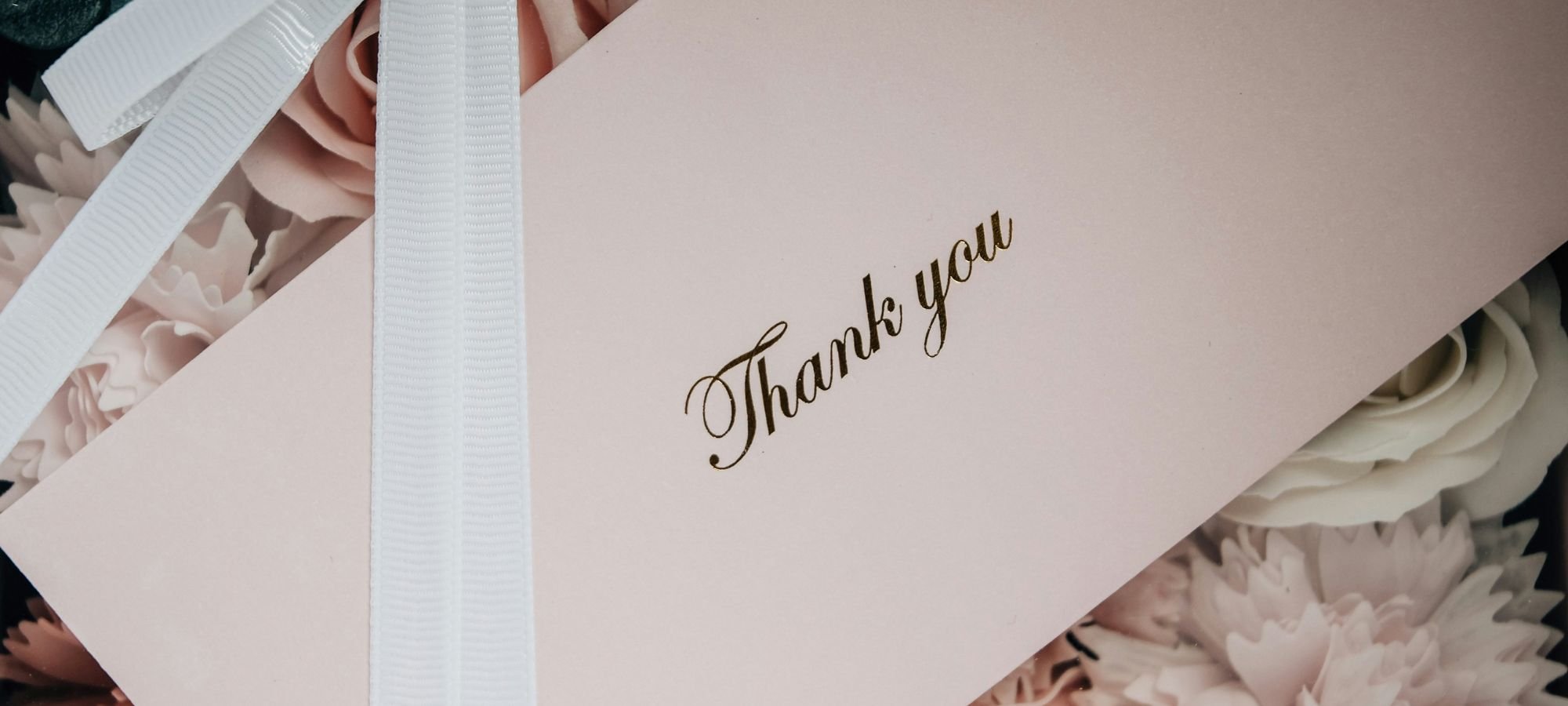In the past few years, bullet journaling has absolutely boomed in popularity. And if you’re the type of person who finds organisations extremely satisfying or simply think it could help you in your daily life, you might be considering giving it a go yourself.
If you’re looking to get started, you’re in the right place. We’re here to discuss everything you need to know about how to bullet journal, from breaking down essential terms and phrases to providing some layout ideas for beginners. Just keep on reading to find out more!
What is a bullet journal?
To put it simply, a bullet journal is a book where you can log all sorts of information that you’d like to keep track of or refer back to. Think of it as the lovechild of a calendar, planner, and diary.
For a lot of people, their favourite part about bullet journaling is that you set it up yourself to suit your needs, which basically means you can get as creative as you like.
Basic bullet journal glossary
If you’re new to bullet journaling, you’re probably going to come across some terminology that you’re unfamiliar with. That’s why we’ve pulled together a mini basic bullet journal glossary to explain the essential terms and phrases you need to know.
Spread/Layout
A spread refers to the pages in a bullet journal – more specifically, two pages that are side by side, creating a spread. The reason for this is that most people layout things out over two pages so that they’ve got enough space to add all the necessary information, rather than trying to just squeeze it all into one.
Bujo
This one’s pretty easy and kind of obvious (well, it is once you’re in the know), but ‘bujo’ is just short for bullet journal.
Signifiers and keys
Keys and signifiers are used together, hence why we’ve grouped them together.
Signifiers are the little symbols that can be used to help add extra information to your bullet journal pages. For example, an exclamation point could be used to mark something as important, whilst a question mark may mean that something is uncertain or yet to be confirmed.
You’ll probably have already heard of the term ‘key’ before, and it’s a space used to provide context as to what each of your signifiers means. That way, you won’t forget what each of your signifiers means and don’t need to fill unnecessary space.
There’s no one true way to use signifiers, and what you include in your key will vary depending on what you’re using it for.
Index
An index is the place where you can keep track of all your different spreads with the corresponding page number. It’s basically the same thing as the contents page of a book. Usually, the first page of your bullet journal (or the first few pages in some cases) will be dedicated to being an index, as it’s the easiest page to refer back to.
Title page
As you might be able to guess, title pages are used to introduce a separate section or type of spread in your bullet journal. It’s also worth mentioning that some people choose to go all-out when designing title pages, which is probably because it’s the start of a new section. After all, you do want it to stand out!
Bleeding
No, this isn’t as gory as it may initially sound. Bleeding is just when your pen or other form of ink has gone through the current page and you can visibly see it on the other side.
Setting up a bullet journal: step-by-step
1. Get yourself a suitable notebook
Of course, perhaps the most important step is picking out the vessel that is going to become your bullet journal for the foreseeable. Honestly, it’s up to you whether you stick to a classic paper notebook or use digital tools, each option comes with its own advantages and disadvantages.
For instance, with a paper notebook, you get a real physical journal to work with, although this does require more time and effort. On the other hand, an app or digital option can be a lot easier and quicker to work with (especially if you don’t class yourself as particularly artistic), but it may not feel as personal.
2. Decide what you want out of bullet journaling
Once you’ve got your chosen notebook ready to hand, it’s time to decide what you want to use it for. From a daily or monthly log all the way to doodle pages, you can choose just one thing that you want to get out of it or go for a mix.
Ultimately, it’s all about whatever you want to get out of it and keep track of. If you’re struggling for inspiration, be sure to carry on reading as we’ll be running through some fun bullet journal ideas for beginners further down.
3. Gather all the necessary bullet journal supplies
Aesthetic-wise, you can decide how artsy-craftsy you want to get with it. Some people prefer to keep it plain and simple with a few doodles here and there, whilst others want every page to look bright and funky.
If you’re obsessed with stationary, this is most likely a dream situation, and we’ve pulled together a quick list of some bullet journal supplies that you might want to have handy:
- Pens (this could be your standard black or blue, something more colourful, or even some flashy glitter pens)
- Highlighters
- Coloured pencils
- A ruler and stencils
- Stickers
- Rubber
- Pencil case
- Washi tape
Oh, and don’t forget to practice your neat writing before putting pen to paper (our guide on calligraphy for beginners will likely come in handy here).
4. First page of a bullet journal
You don’t have to do anything in particular with the first page of a bullet journal, but some people do. For example, you could:
- Completely ruin it to avoid being precious about making mistakes going forward
- Include important contact information just in case your bullet journal goes missing
- Turn it into an index so that you can easily navigate it in the future
- Let your inner artist run free with lots of doodles
Bullet journal ideas for beginners
Whether you focus on one of the following or have an eclectic mix to suit all needs, here are some bullet journal ideas for beginners that will help spark your creativity.
Monthly log
A bullet journal classic, a monthly log is all about helping you map out your monthly plans. If you need somewhere to jot down information about meetings, birthdays, or anything else you want to remember, this is the place to do it.
Essentially, it’s like an extra organised and fancy version of a calendar that you can tailor to your preferences. Depending on how you prefer to lay things out, you might find it best to focus on things day by day or week by week. The main difference is just the span of time that you’re tracking within the spread.
Given that there are lots of ways you can set up a monthly log, your best bet is probably just having a nosy on Google to see which one catches your eye and would work for your brain.
Special occasion reminders
Remembering special occasions can be hard. So, if you know that you’re the type of person who sometimes forgets to pick up a card for a loved one’s birthday (or maybe even an anniversary card), using your bullet journal to remind you ahead of time could be the perfect plan!
Oh, and of course, we’ve got to squeeze a little self-plug in there given that we have some absolutely cracking collections of cards here at thortful. Just take a look at some of the wonderful birthday cards that our creators have put lots of love into creating:
Doodle pages
Why not add doodles to make all your existing pages look even better, mini ‘how to draw X’ tutorials, or just have random dedicated doodle pages? They’re certainly guaranteed to add an artistic flair!
If you’re after specific ideas for what types of doodles could work for your bullet journal, your best bet is to scour the likes of Pinterest or check out blogs like Little Coffee Fox, which have tons of bullet journal doodle inspiration and tutorials. Alternatively, you can just give it a go yourself and let your own creativity run free.
Self-care pages
If you’re all about self-care, why not make this a focus in your personal bullet journal. From tracking your overall wellbeing each day to writing some positive daily affirmations that remind you how great you are, there are a few ways you could do this. Be sure to check out Bullet Journal’s self-care blog to discover specific spread inspiration.
Reading log
Perhaps you’re a book lover and want to keep track of the books you’re reading? Well, with a bullet journal, you can easily create pages where you log all the titles you’ve read each month along with other details like your rating, what genre it falls into, and even the number of pages read.
If you enjoyed reading this, we’ve got you covered. From lifestyle articles like ways to be more organised to special occasion pieces on congratulations messages for exams, you can discover loads more content over on the thortful blog.































